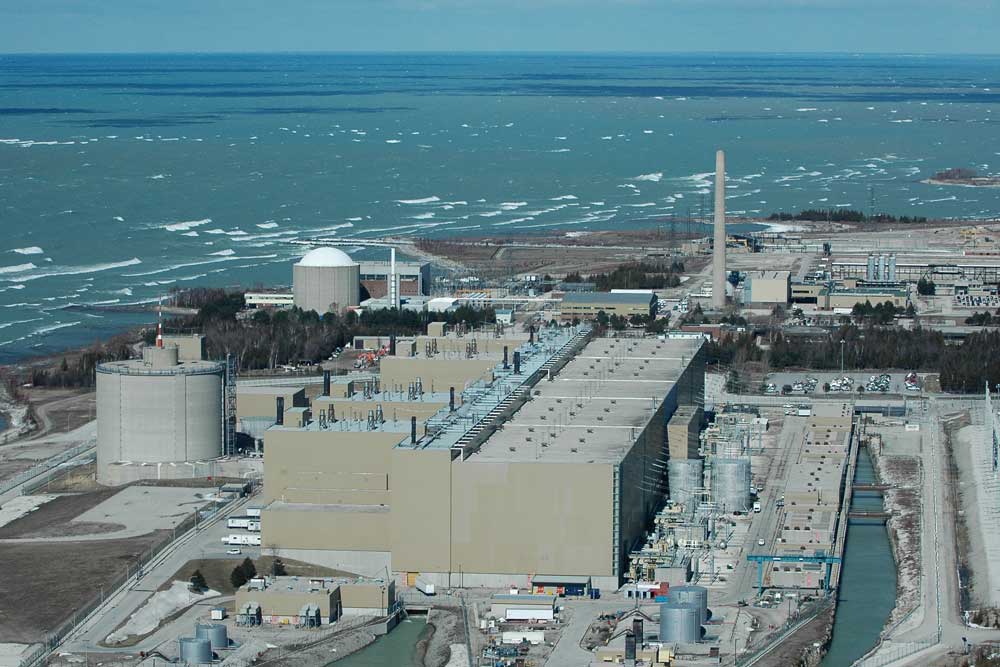
The International Energy Agency (IEA) has called for a doubling of nuclear generating capacity around the world by 2050 to help countries move to renewable energy systems.
It would reduce reliance on imported fossil fuels, cut CO2 emissions and help integrate higher shares of solar and wind power, it said in a 30 June report, adding that transitioning to sustainable energy would be “harder, riskier and more expensive without nuclear”.
Governments should develop policies to support safe nuclear power and invest public money since there is not enough appetite among private investors to finance capital-intensive nuclear projects.
A new era for nuclear power is by no means guaranteed. It will depend on governments putting in place robust policies to ensure safe and sustainable operation of nuclear plants for years to come
Fatih Birol, IEA executive director
They should also now be ramping up support for emerging technologies such as small modular reactors (SMRs), which could be situated in retired fossil fuel power plants to capitalise on existing transmission and cooling systems as well as skilled workforces.
But the nuclear industry itself must do a better job at delivering projects on budget to make nuclear power competitive.
While 19 countries now have nuclear reactors under construction, the IEA warned that “advanced economies” were falling behind in the world nuclear market, with 27 out of 31 reactors begun since 2017 being Russian or Chinese designs.
Without a concerted push, the nuclear fleet in advanced economies could shrink by a third by 2030 on current trends, the IEA said, noting that some 63% of today’s nuclear generating capacity comes from plants that are more than 30 years old, since many were built in the aftermath of the 1970s oil shocks.
Even though nuclear plant lifetime extensions require substantial investment, they generally yield electricity at prices that are competitive with wind and solar in most regions, the body said.
“In today’s context of the global energy crisis, skyrocketing fossil fuel prices, energy security challenges and ambitious climate commitments, I believe nuclear power has a unique opportunity to stage a comeback,” said IEA executive director Fatih Birol.
“However, a new era for nuclear power is by no means guaranteed. It will depend on governments putting in place robust policies to ensure safe and sustainable operation of nuclear plants for years to come – and to mobilise the necessary investments including in new technologies. And the nuclear industry must quickly address the issues of cost overruns and project delays that have bedevilled the construction of new plants in advanced economies.”
Even if nuclear generating capacity doubled by mid-century, it would only account for 8% of the global power mix, which the IEA envisages being dominated by renewables.
Nuclear is today the second largest source of low emissions power after hydropower, with nuclear plants in 32 countries.
Further reading:










